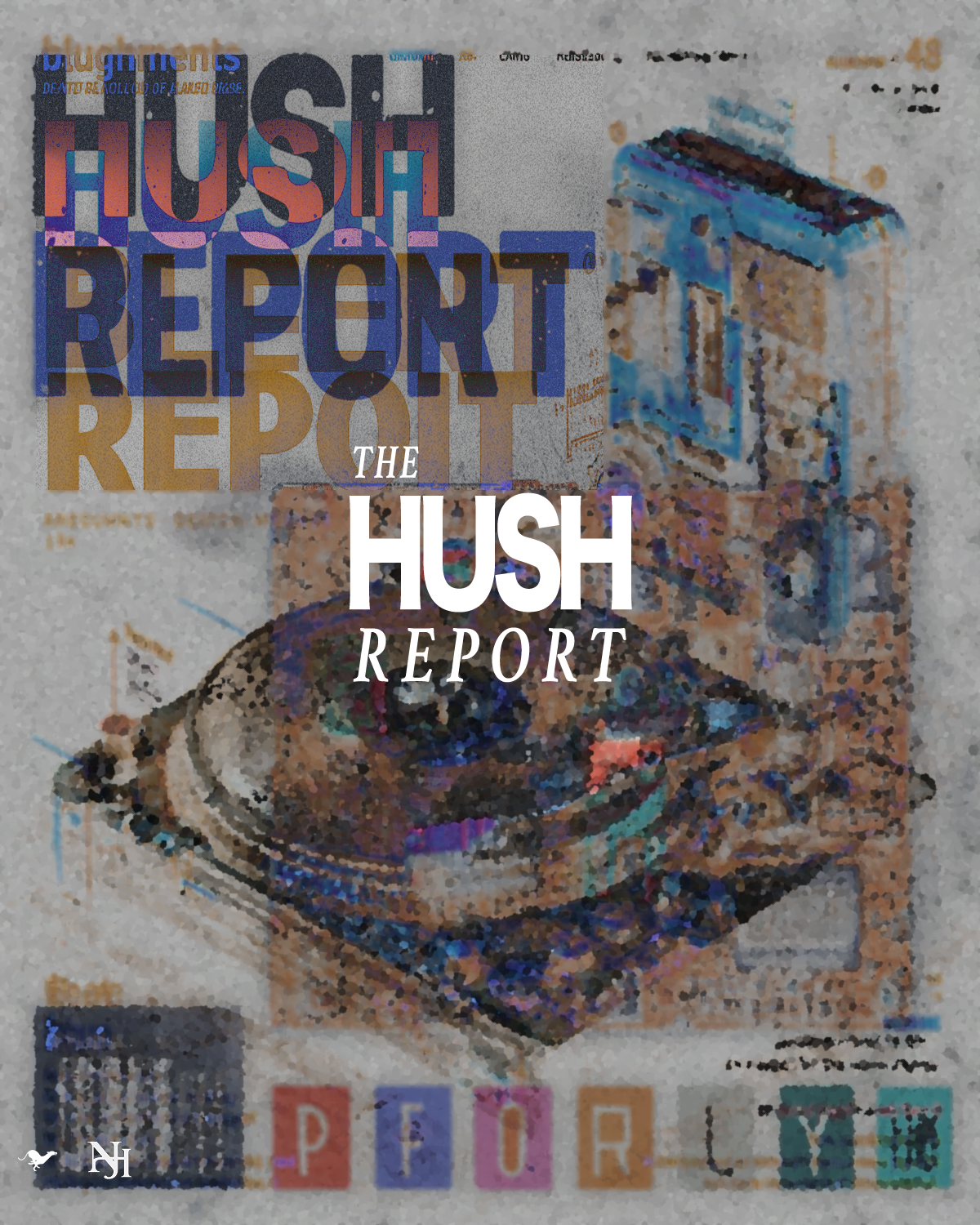
The real power behind rap and the music industry operates far beyond what most fans and even artists understand.
The music industry has always sold itself as entertainment first. To most people, it is about streaming songs, watching videos, following artists, and enjoying the stories they tell. Even many artists believe they understand how the business works. What often goes unnoticed is that the real machine is much larger, much deeper, and significantly more complex than what is visible on the surface.
For the average listener, music seems like it belongs to the culture. Fans believe they discover artists naturally. Artists believe they control their own paths. In reality, there is an entire infrastructure that shapes who rises, who fades, and which songs the public hears. Unless someone has worked in corporate America and paid close attention to the movements of money, contracts, and brand control, most of the real business remains invisible.
Even within the walls of corporations, only those who look at the industry through an investor’s lens truly understand the scale of what is happening. The success stories that seem overnight are often multi-year campaigns designed for market growth, portfolio diversification, and global expansion. A hit song is rarely just a hit. It is a carefully positioned product with distribution strategies that rival any consumer brand in the world.
Many artists do not fully see the depth of this system. They enter the business with passion for their craft, but without a detailed understanding of how their music fits into a larger financial model. Labels often own the masters, streaming platforms control the pipeline, and major corporations quietly own many of the rights, profits, and licensing deals that dictate the flow of the industry.
What most people experience as culture is frequently the final result of deeply structured business decisions. Fans see a viral moment without knowing the distribution deals and advertising dollars that made it possible. They see independent artists winning on digital platforms without realizing that many of these platforms are connected to the same corporate structures that run traditional labels. The surface offers a story of creativity and freedom, but the layers underneath reveal a story of ownership, consolidation, and strategic investment.
Jay-Z is one of the few artists who has fully understood and maneuvered within this system. His growth was not simply based on talent or cultural influence. His investments in liquor, streaming, tech, sports, and art were part of a long-term strategy to own assets that usually sit in corporate hands. His decisions were not side projects. They were deliberate moves to secure control over the parts of the business that often remain closed to most artists.
Master P’s story reflects this same principle. He built his own distribution channels, manufactured his own products, and extended his brand into movies, snacks, and consumer goods. Most people only saw the music and the cultural impact. What they missed was the infrastructure he carefully constructed to keep ownership within his reach.
The deeper truth is that the music industry is tied to larger financial ecosystems. Private equity firms, tech companies, and global brands influence what songs are promoted, what platforms are prioritized, and how artists are positioned. The partnerships that shape an album release are often driven by profit forecasts rather than creative expression. Artists who do not watch these movements closely can easily become workers in a system that quietly profits from their art without giving them long-term equity.
What seems spontaneous is often meticulously planned. The music industry knows how to present discovery, but it is frequently delivering a pre-selected outcome. Independent artists are often moving within the boundaries of platforms that are ultimately connected to the same financial interests that run the major labels. The system continues to evolve, but its core structure remains centered on ownership and scale.
For artists to truly win, they must study the business with the same intensity they bring to their craft. They need to understand distribution, brand leverage, contract terms, and the long game of investment. They need to move beyond seeking short-term exposure and toward building long-term frameworks that protect their ownership.
The future of music belongs to those who can see the structure while everyone else is caught in the show. Most people will only ever see the highlights. They will celebrate the streams, the awards, and the viral hits without realizing the deep machinery behind them. The real story of music is often happening quietly, but it is shaping everything we hear.









